You’ve probably heard the term body to body massage whispered in spa halls or seen it mentioned online with a mix of curiosity and confusion. Is it just another fancy name for a sensual experience? Or is there something deeper-something real-behind it? Let’s cut through the noise. This isn’t about romance or eroticism. It’s about touch as medicine. About skin meeting skin not to excite, but to heal. And yes, in Istanbul, where ancient bathhouse traditions still breathe in the steam of Hammams, this practice has evolved into something quietly powerful.
What Exactly Is Body to Body Massage?
Body to body massage is exactly what it sounds like: the therapist uses their own body-forearms, elbows, hips, sometimes even feet-to glide over yours. Instead of just hands, they become an extension of the massage tool. Think of it like a warm, flowing river moving over rocks. The pressure is deep but never sharp. The rhythm is slow, deliberate, and intentional.
It’s not new. Ancient cultures in Thailand, India, and even parts of Anatolia used body-to-body techniques for healing, bonding, and restoring energy. In modern spas, especially in Istanbul, it’s been refined into a therapeutic ritual. No oils are just rubbed in. They’re absorbed through the warmth of skin-on-skin contact. The heat from the therapist’s body helps relax your muscles deeper than any hand ever could.
And here’s the truth most places won’t tell you: it’s not about what you’re wearing. It’s about what you’re letting go of.
Why It Works: The Science Behind the Skin
Your skin isn’t just a covering. It’s your largest organ-and one of your most sensitive communication systems. When another warm, calm body moves over yours, your nervous system doesn’t just feel touch. It feels safety.
Studies show that sustained, slow-pressure touch lowers cortisol by up to 31% and increases oxytocin, the bonding hormone. That’s why after a session, people don’t just say they feel relaxed-they say they feel held. Like someone saw their tension and chose to soften it, not fix it.
In Istanbul, where stress runs high and life moves fast, this matters. People come here after long workdays, after grief, after burnout. Not to be turned on. But to be reminded they’re still human.
Benefits You Can Feel (Not Just Hear About)
- Deeper muscle release: The therapist’s body weight allows for consistent, penetrating pressure that hands can’t match. Tight shoulders? Lower back knots? They melt.
- Improved circulation: The slow, gliding motion pushes blood through stagnant areas, helping reduce swelling and speed up recovery.
- Reduced anxiety: The rhythmic, uninterrupted contact signals your brain: ‘You are not in danger.’ This isn’t meditation-it’s somatic therapy.
- Improved flexibility: As muscles soften, joints move more freely. Many clients notice they can turn their head easier or bend down without pain after just one session.
- Emotional release: Tears aren’t uncommon. Not because it’s sad-but because the body finally gets permission to let go.
One client, a nurse from Kadıköy who worked 12-hour shifts for years, told me: ‘I didn’t know I was holding my breath until someone else’s body reminded me how to exhale.’
What to Expect During a Session
First, you’ll be asked to undress to your comfort level. Most people wear underwear. Some don’t. It’s your choice. The room is warm-around 28°C-like a hammam after steam. Soft music plays, if at all. Candles flicker. The therapist enters quietly, lights a small incense stick (usually sandalwood or frankincense), and begins.
You lie face down on a heated table. They warm oil in their palms, then press their forearm along your spine. No sudden moves. No awkward pauses. Just slow, continuous motion. They might use their hip to press into your glutes, their shin to roll down your calves. It feels intimate, yes-but never invasive. There’s no eye contact. No talking. Just presence.
When you turn over, the same rhythm continues. Chest, abdomen, legs. Every movement is designed to flow, not to stimulate. The oil is usually coconut or almond, lightly scented. No glitter. No gimmicks. Just warmth, weight, and stillness.
Most sessions last 60 to 90 minutes. You’ll leave feeling heavy-not tired, but grounded. Like you’ve been reset.
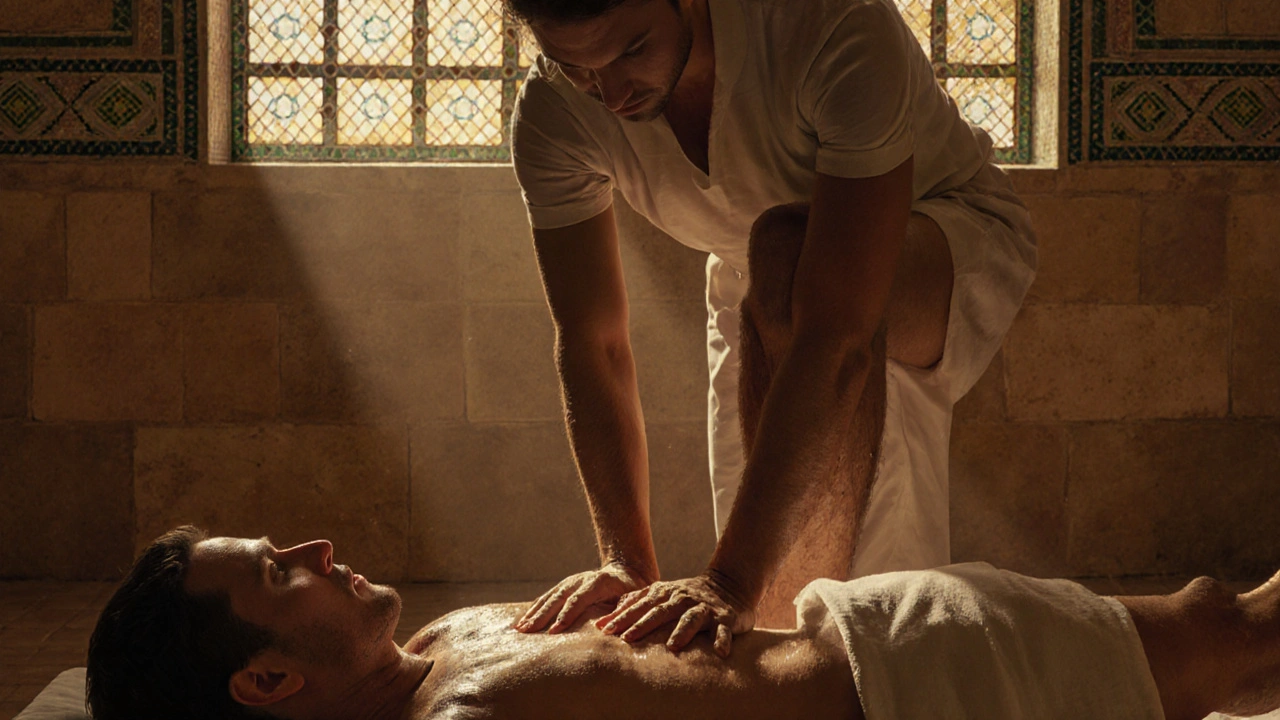
Where to Find Authentic Body to Body Massage in Istanbul
Not every spa offers this. Many advertise it to attract attention, then deliver a standard massage with a little extra skin contact. True body to body massage requires training, discipline, and intention.
In Istanbul, look for places that specialize in therapeutic or energy-based bodywork. Some trusted spots:
- Yasemin Spa (Beyoğlu): Run by a former yoga therapist from Chiang Mai. Minimalist, quiet, no flashy ads.
- Asma Spa (Karaköy): Focuses on Anatolian healing traditions. Therapists train for 18 months before touching clients.
- Yalı Wellness (Beşiktaş): Offers body to body as part of a 3-hour ritual that includes herbal wraps and sound baths.
Ask if the therapist has trained in Thai or Nuru traditions. Avoid places that mention ‘private rooms’ or ‘happy endings’-those are red flags. This isn’t about sex. It’s about surrender.
Price Range and Booking Tips
A 60-minute session in Istanbul costs between 450 and 750 Turkish Lira (about $15-25 USD). A 90-minute session runs 800-1,200 TL. That’s more than a standard massage-but you’re paying for time, training, and presence.
Book ahead. These sessions are limited. Most therapists only do 2-3 per day. You’ll usually need to call or visit in person. Online booking is rare. Don’t expect a website with a calendar. The best places don’t advertise much-they’re found by word of mouth.
Pro tip: Go on a weekday afternoon. You’ll get more attention, quieter rooms, and sometimes a small discount.
What to Avoid
Not every ‘body to body’ experience is safe-or even real.
- Don’t go to places that don’t explain the technique. If they’re vague or joke about it, walk away.
- Don’t assume ‘sensual’ means ‘sexual’. The two are worlds apart. A good therapist will never cross boundaries.
- Don’t rush. This isn’t a quick fix. One session won’t fix chronic pain. But three? That’s where the shift happens.
- Don’t wear perfume. Your body should be clean. Oils and scents can interfere with the therapist’s ability to sense tension.

Body to Body Massage vs. Traditional Massage in Istanbul
| Feature | Body to Body Massage | Traditional Massage |
|---|---|---|
| Primary tool | Therapist’s body (forearms, hips, feet) | Hands and fingers |
| Pressure depth | Consistent, penetrating | Variable, often lighter |
| Heat transfer | Yes-body warmth aids muscle relaxation | No |
| Duration | 60-90 minutes | 45-75 minutes |
| Emotional impact | Often profound-tears, deep calm | Mild relaxation |
| Best for | Chronic tension, emotional release, deep healing | General relaxation, post-workout recovery |
Frequently Asked Questions
Is body to body massage safe?
Yes, when done by trained professionals in ethical settings. Therapists are trained in boundaries, hygiene, and consent. You always have the right to stop at any time. Look for places that have clear policies and licensed staff. Avoid any place that pressures you or doesn’t explain their process.
Do I have to be naked?
No. Most people wear underwear. Some prefer to be fully nude. It’s your choice. The therapist will drape you with towels at all times. Only the area being worked on is exposed. Privacy and comfort come first.
Can men receive body to body massage from female therapists?
Absolutely. Gender doesn’t matter here. What matters is training and professionalism. Many male clients say they feel more relaxed with a female therapist because there’s less expectation of sexual energy. The focus is on healing, not attraction.
How often should I get a body to body massage?
Once a month is ideal for maintenance. If you’re dealing with chronic pain or high stress, once every two weeks for 3-4 sessions can create lasting change. After that, monthly is enough to stay grounded. Think of it like brushing your teeth-but for your nervous system.
Is this the same as Nuru or Tantric massage?
No. Nuru massage uses gel and full-body sliding, often in a sexual context. Tantric massage focuses on energy centers and can include genital stimulation. Body to body massage is purely therapeutic. It doesn’t involve sexual arousal, energy work, or intimate zones. The goal is physical release, not spiritual or sexual awakening.
Ready to Feel the Difference?
If you’ve been carrying stress in your shoulders, holding your breath in your chest, or just feeling disconnected from your own body-this isn’t a luxury. It’s a reset. In a city that never sleeps, sometimes the most radical thing you can do is lie still and let someone else carry your weight for an hour.
You don’t need to believe in magic. Just in warmth. In touch. In the quiet power of skin meeting skin without agenda.
Book your session. Show up. Breathe. Let go.
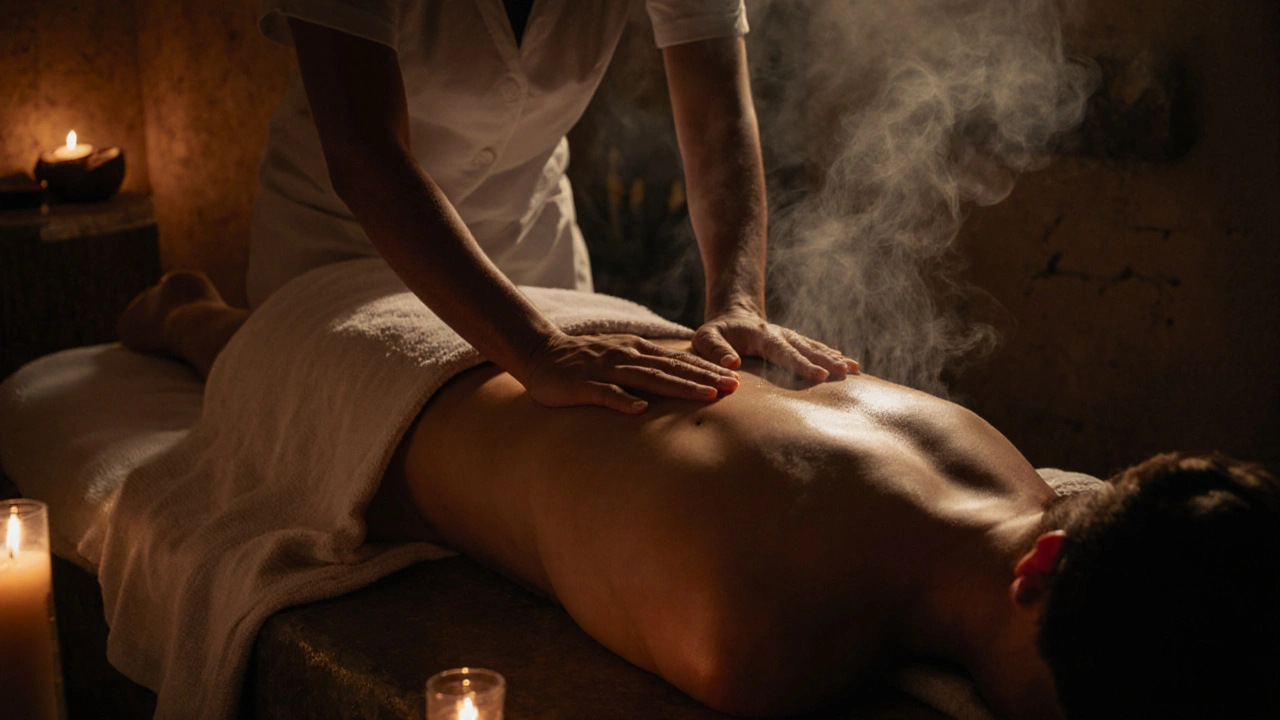
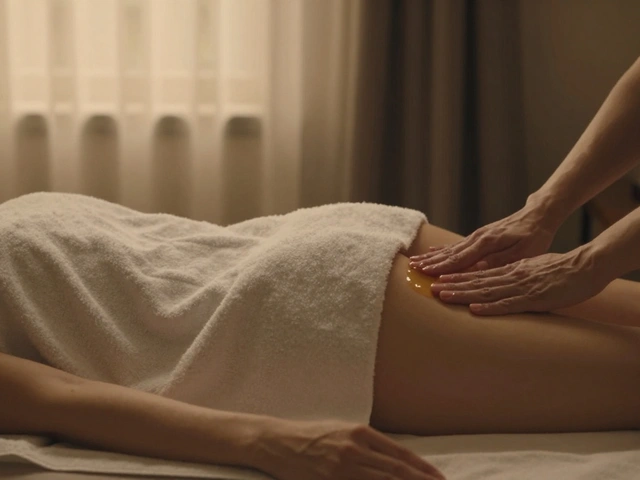
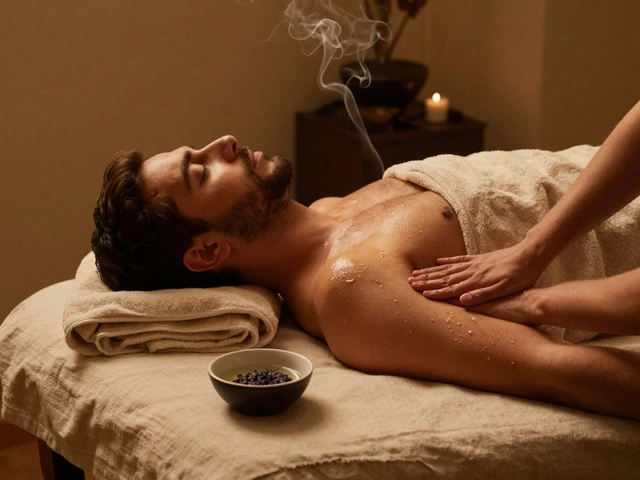

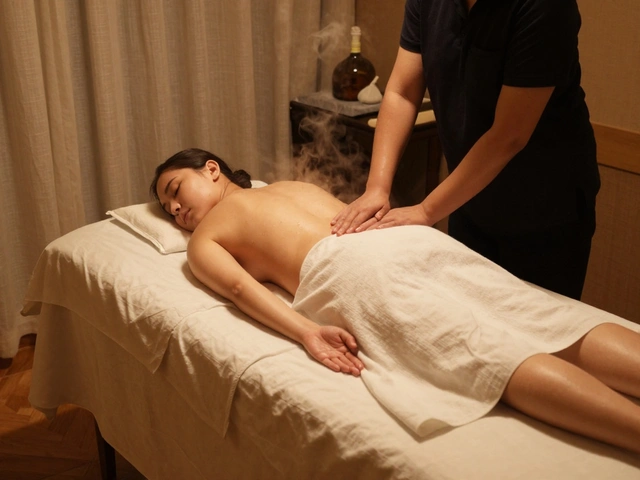

Oh wow, another ‘healing touch’ cult for rich people who think crying in a spa means they’re enlightened. Let me guess - you also meditate with crystal bowls and drink turmeric lattes while judging your coworkers? This isn’t therapy, it’s performance art for people who can’t afford real mental health care. And ‘no sexual energy’? Sure, Jan. Tell that to the 12-year-old who Googled ‘body to body massage’ and ended up on a shady website. 🤡
okay so i just booked a session at asma spa after reading this and like… i cried. actually cried. like snotty, ugly, shoulder-shaking tears 😭😭😭 and then the therapist just… kept going. no words. no judgment. just warmth. like my body finally remembered how to relax. i feel like a newborn. or a melted candle. either way. 10/10. if you’re reading this and you’re stressed? go. just go. 🙏💆♀️🔥
i tried this once. didn’t know what to expect. didn’t know i was holding my breath till i wasn’t. felt like i got hugged by a warm blanket that knew all my secrets. worth every lira. no drama. just quiet. good stuff.
lol so basically it's just a fancy way to get a full-body rubdown with someone who's paid to not flirt? i mean, if you're paying $20 to lie there while someone uses their elbow on your back… why not just get a massage gun and a hot water bottle? also, why is everyone suddenly crying in spas now? is this a trend? 🤨
Bro, in India we’ve been doing this for centuries - think of it as ‘snehana’ meets ‘abhyanga’ but with a Turkish twist. The body’s not just muscle - it’s memory. You carry trauma in your hips, grief in your shoulders. This massage? It doesn’t just loosen tissue - it unravels the knots your soul tied during sleepless nights. And yeah, the oil? It’s not just coconut - it’s prayer in liquid form. You think this is luxury? Nah. It’s ancestral medicine. The West just branded it and slapped a $750 price tag on it. 🙏🔥
What this piece doesn’t say - but what I feel in my bones - is that body-to-body massage isn’t about touch at all. It’s about witnessing. The therapist doesn’t fix you. They hold space for the part of you that has forgotten how to be held. In a world that commodifies intimacy, this ritual is radical. It says: ‘You are not broken. You are not too much. You are not too heavy.’ The oil? Just a medium. The skin? The sacred interface. The silence? The truest language. I came in as a skeptic. I left as someone who finally understood: healing isn’t done. It’s received. 🌿✨